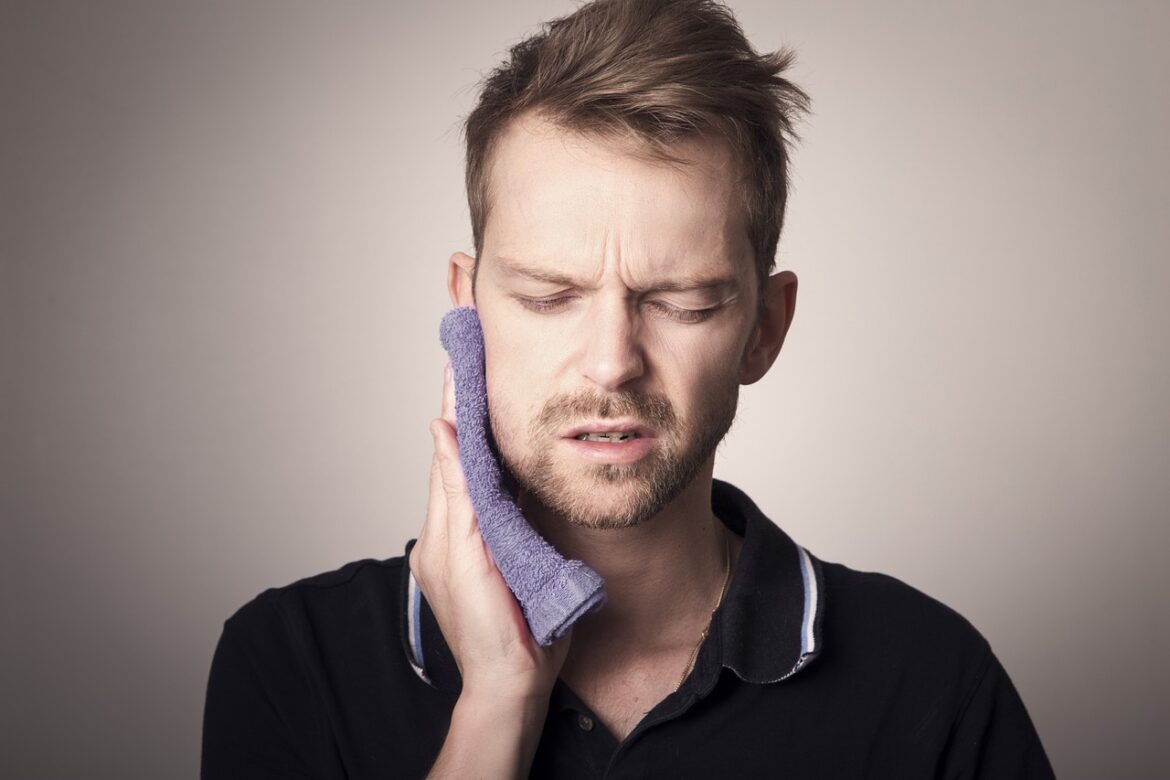Can you find relief from TMJ Disorders?
TMJ Disorder, otherwise known as temporomandibular disorder (TMD), can make a significant impact on your day to day life. Thankfully, there are many strategies available to effectively manage this issue. We are here to help you find relief from TMJ Disorders with knowledge and exercise.
What is TMJ?
First, let’s discuss what TMJ is so we can then talk about ways to help provide relief for your TMJ symptoms.
TMJ stands for “temporomandibular joint”, otherwise known as a jaw joint. It is the joint where each temporal bone on the sides of our skull meets the mandible bone, which is the structure of
our jawline. We have 2 temporomandibular joints or TMJs; one on the left side of our jaw and one on the right side. These joints are located just in front of our ears. Inside the joint, there is a
round disc of fibrous tissue that separates the two bones and contributes to the way the joint moves. The joint is then covered by a capsular ligament. Some additional ligaments and muscles provide support to the joint. Both joints are connected through the mandible bone and influence each other’s movements.
What does your body need to be able to do
To open the mouth, both jaw joints need to rotate first to open the mouth to about 20 millimeters, then both joints glide forward to bring the mouth fully open. The average jaw opening range of motion is 50 millimeters.
What happens when there is a dysfunction?
When the temporomandibular joint(s), the jaw muscles, or other supporting structures surrounding the jaw joint do not function correctly, someone may be diagnosed with TMD, which is a shortened abbreviation for “temporomandibular disorder”. TMD may be painful or not painful but is connected to the jaw not working well in day-to-day activities.
Some of these activities include:
- opening and closing your mouth
- biting or chewing
- talking
- sleeping
Certain jaw disorders may be correlated with headaches, earaches or ear fullness, and neck pain as well. If you are experiencing a change in the way your jaw is functioning or if you are noticing pain in your jaw, a physical therapist may be able to help you.
What can you do?
In the meantime, below are some simple ways to take care of your jaw on your own:
- Find the resting position of the jaw: Your mouth is not meant to rest with your teeth fully touching each other. Your jaw is fully relaxed when there are about 2-4 millimeters of space between your top and bottom teeth. This is achieved by relaxing your jaw muscles, placing your tongue lightly on the roof of your mouth as if you are about to say “No” or “Never”, then parting your teeth while still keeping your lips together. Check-in with yourself frequently during the day to ensure your jaw is in its resting position, especially if you have a habit of clenching your teeth.
- Control jaw opening: This exercise is a nice way to provide movement to your jaw, but within a controlled range to avoid strain if opened too wide. Begin by making sure your jaw is in its resting position, as described above. Then part your lips and open your jaw only as far as you can still keep your tongue on the palate of your mouth. Then slowly close and repeat ten times, multiple times per day.
- Chin Nods with Shoulder Blade Squeezes: As mentioned earlier, jaw impairments are often combined with neck impairments as well. The position of the neck and shoulders influence the way we use our jaw. To improve control of your posture through your neck and shoulders, start with lightly holding your chin in a nodding position as if you are saying “Yes” and lengthening your neck upwards as if there is a string on the top of your head that is pulling you up taller. Then, lightly squeeze your lower shoulder blades together and down, towards your back pockets, allowing your chest to open. Hold this position for about 10 seconds, multiple times per day.
If you have questions or are experiencing TMJ dysfunction, the Freedom PT therapists are highly trained to help you. Schedule your appointment today.

